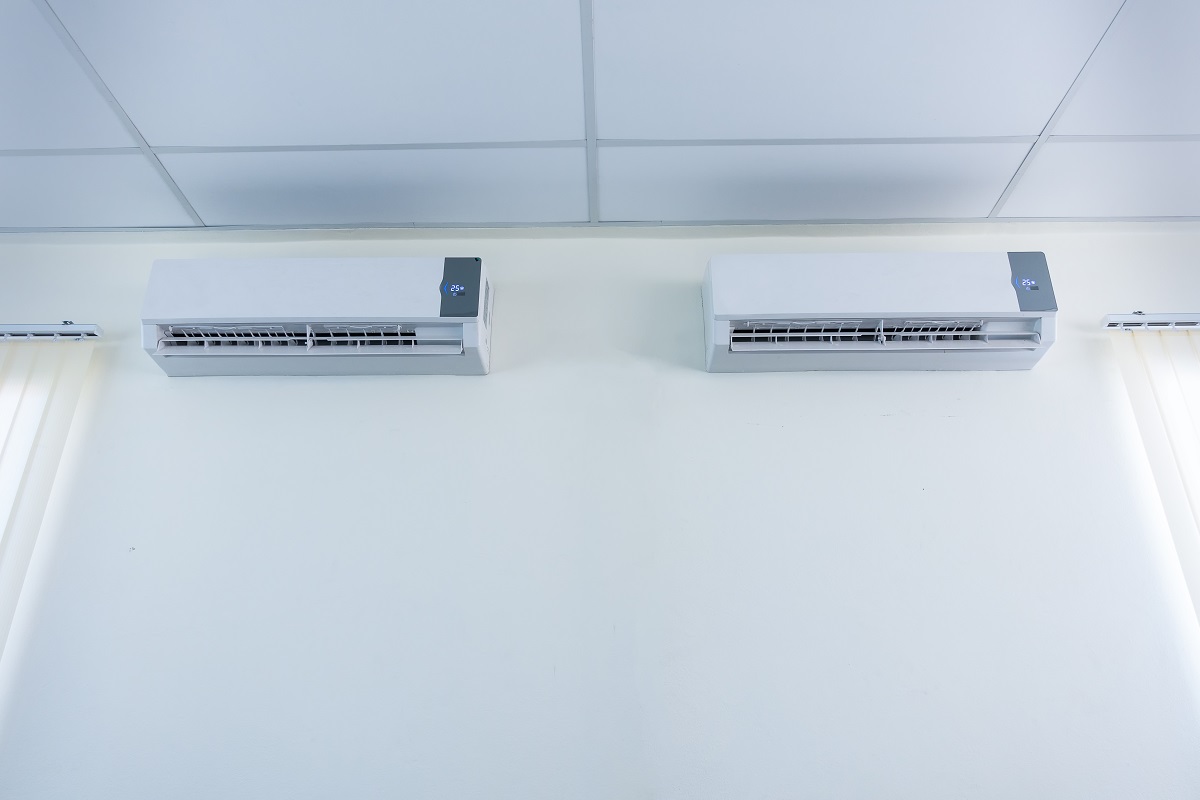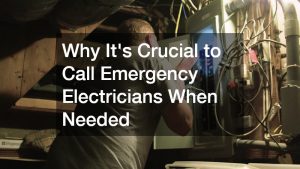Due to the growing fossil fuel prices and environmental concerns, reducing the energy consumption of heating, ventilation, and air conditioning or HVAC systems is becoming increasingly crucial. It is a continuous challenge for HVAC owners and technicians to lower building energy use without sacrificing comfort or indoor air quality. The current state of HVAC systems is adhering to it so far. In fact, air conditioners use 30 to 50 percent less energy at the beginning of the century than they did in the 1970s.
Modern makers can incorporate new technology and novel techniques to create more efficient models. The results are more than worth it as it eases both environmental and financial concerns. As an HVAC owner or technician, it is imperative to learn these discoveries and recommend them to customers. You can work with experts such as HVAC digital marketers to achieve this. You can also learn about a few of the tried-and-tested advancements and techniques.
Automated controls and programmable thermostat
The best way to save electricity is not to use it at all. Though it is true in theory, it is not advisable, especially in the southern regions of the United States. During the sweltering heat of the summer months, leaving the air conditioner off will rapidly bring heat and humidity into the house. The air conditioner will have to work harder to lower the temperature down to a tolerable degree. This can take hours and exert an excessive amount of stress on the system. Therefore, this results in less efficient cooling, possible maintenance and repairs, and higher energy expenditures.
A programmable thermostat is a great way to alter temperature throughout the day. It is designed to adjust the state of the air conditioner based on the user’s settings. Most smart units even offer remote control of the system through a mobile app. Utilizing that convenient feature, it is recommended to turn on the air-conditioner an hour or two at a higher degree an hour or two before returning home.
Experts agree that the ideal temperature is 78 degrees Fahrenheit or 26 degrees Celsius, but it still depends on the weather outside. Additionally, adjusting the thermostat two to three degrees higher is an excellent tip for deducting that monthly bill—saving up to three percent in overall cooling costs.
Regular and scheduled maintenance
If the units are not performing well and brand new, it could be time for scheduled maintenance. Dust and debris can hinder the unit’s natural airflow, straining it internally. These problems eventually lead to compressor failure if left ignored for too long.

It is essential to encourage help from professionals instead of home remedies as there are many moving parts in HVAC systems. Though issues like blocked vents and clogged filters are easy to diagnose and fix, there are technical problems that only a professional can fix, like sluggish fans and thermostat issues.
Consider Replacements
Some issues are beyond repair. In these instances, a professional can upgrade parts or recommend a total replacement. This is a standard solution to older and obsolete units. There were outdated design choices made in the past that do not meet modern standards.
Surprisingly, this is still a widespread issue as many homes and offices still use these units. Before, when it came to HVAC size, the adage was that “bigger is better.” It is now common knowledge between professionals that dated units with a capacity that is too great for the available area operate inefficiently, cycling on and off far too frequently. That means they never work long enough to remove moisture from the air, making it suffocating and uncomfortable.
Another example is that making simple renovations to the design and layout of the room without also adjusting the HVAC system could cause cooling issues. In both of these scenarios, it is a practical idea to encourage investment in new systems more suited to their space. Moreover, the more unique and the higher units score in the Seasonal Energy Efficiency Ratio (SEER), the better it promotes saving energy. It is the superior choice in the long run.
These instances are that most customers won’t consider a total overhaul if the unit isn’t broken beyond repair. Consumers like these are not getting the best unit for their budget, and they don’t know it. This is one of the information barriers that digital marketers attempt to shatter. If the public can spot these issues themselves, they can request a quote from a professional to address them. It is the job of a socially responsible HVAC business owner to proactively do everything they can to help reduce the consumer’s carbon footprint.







